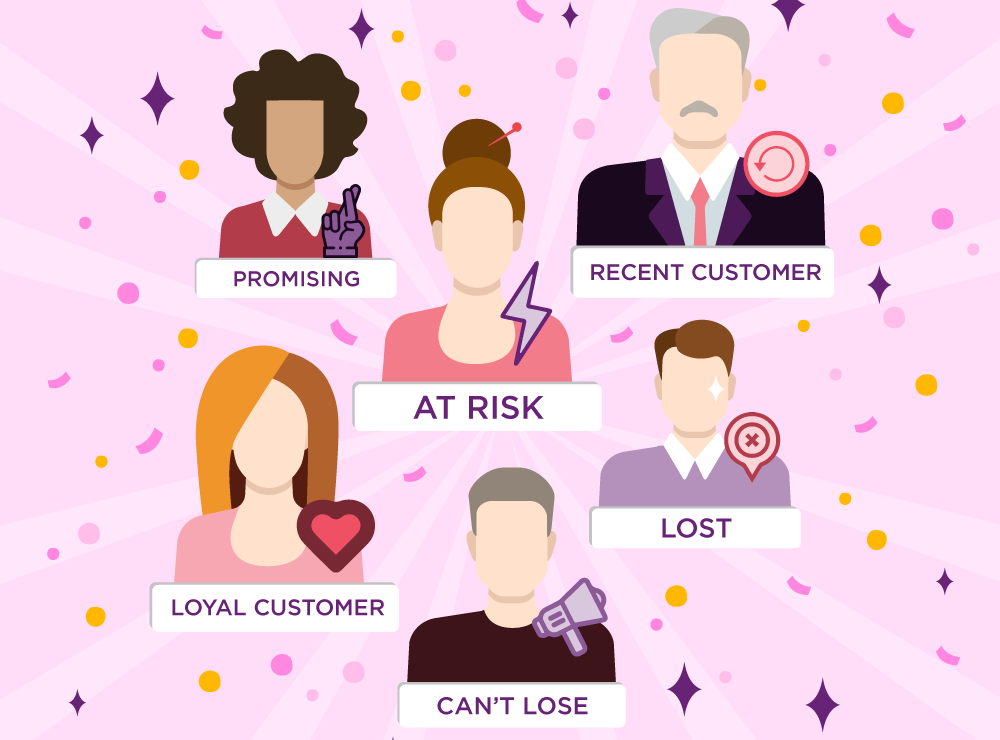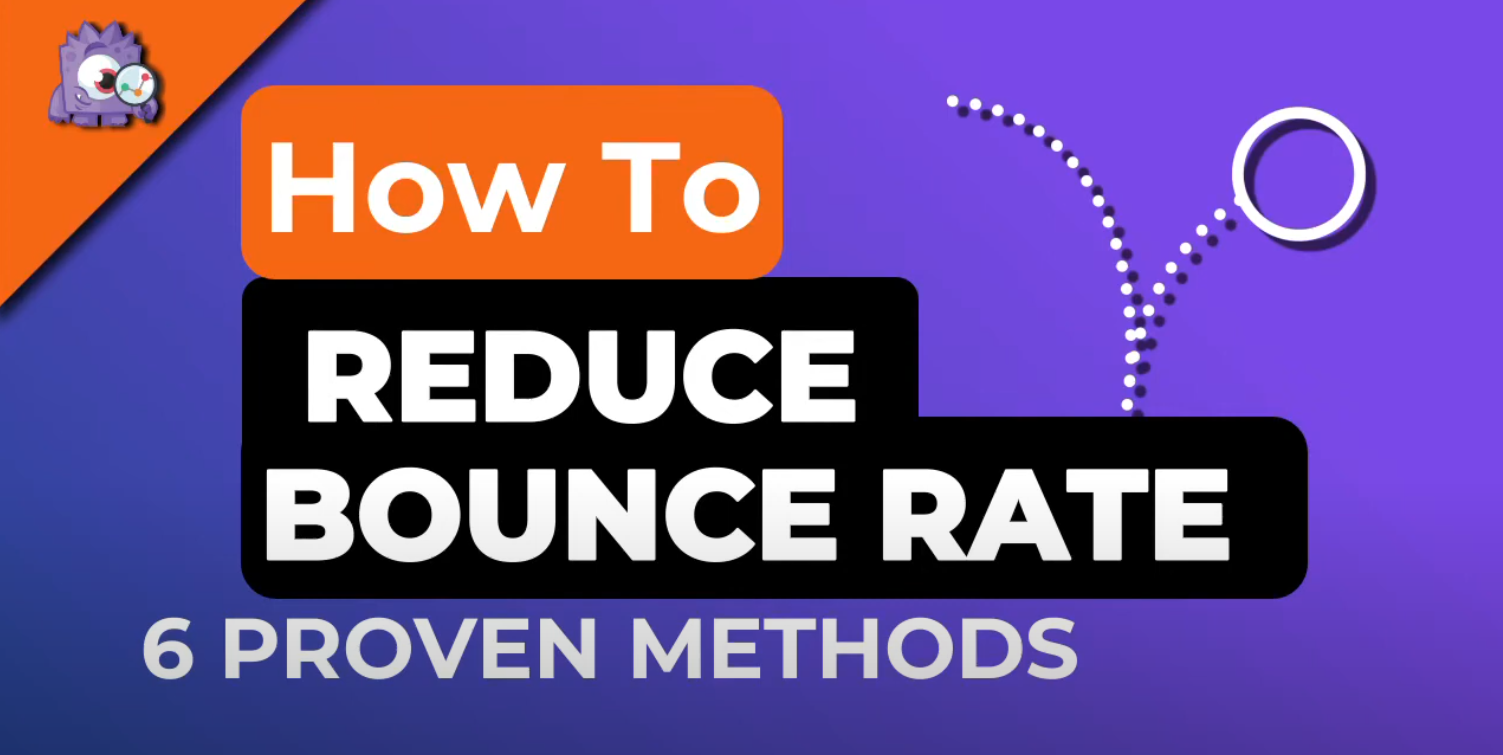When we say bounce rate it simply means the number of visits in which the user leaves your website without further interaction. High bounce rate means your site is less valuable to the visitors and lower bounce rate means higher relevance of content. There are many factors on the page that result in high bounce rate. On the other hand reducing bounce rate is a collective effort of people managing site, marketing and analytics.
Bounce rate at end of day is a quick shot indicator of traffic that comes to the site and the experience they have on the first page of your site.
Below are few key areas that can help in reduce bounce rate for your site.
Reduce Bounce Rate With Proper ANALYTICS
-
Make sure that analytics code is setup correctly on all site pages.Make sure there is no multiple code present on site for same analytics account either for google analytics or google tag manager.
-
Exclude all spam traffic in google analytics by creating a dedicated view in google analytics which contain spam filters along with all the other filters used for your analytics setup.
-
Add Google analytics events on site landing pages for any useful user engagement actions you’d like to track. Like social shares / newsletter options etc.
Keep Track of CAMPAIGNS
-
Stop targeting keywords/ marketing channels which are sending low value traffic. Don't be afraid to prune sources of traffic that don’t deliver value.
-
Make sure that marketing and social campaigns are returning engaging audience with low bounces. Keep close look at campaign results and make sure to improve them to capture audience with actual site conversions.
-
Make sure that campaign landing pages are targeted towards the right content. Sometimes campaign leads user to un-related pages which are far from actual campaign objectives. Directing user to the right page leads to higher number of conversions.
USER EXPERIENCE
-
Increase user engagement on site, mainly on landing pages. Make sure all the essential information is present on landing page and navigation is easy and direct for user to easily find for what he is looking for.
-
Content present on landing pages should be short and to the point.
-
Add in-site search so its is easier for user to find what he is looking for.
-
Make sure that site is optimized for all kind of devices including desktop, tablet and mobile.
-
Improve the loading time of your site and make sure it loads before 3 seconds. Sites with higher loading time results in 68% of traffic drop. Test your website with google PageSpeed Insights or any other tool that shows your site weak points and also suggest you improving methods.
CONCLUSION
Reducing bounce rate will automatically improve your site performance with more user engagement and a chance of bounce in organic ranking. You should define your site goals explicitly before developing website and also consider your audience behavior. Having a site with engaging audience is collective effort of all the involved parties including the designers, developers, seo managers, marketers and analyst. The best results are achieved when all work together in order to achieve seamless user experience and highest number of site conversions. Again remember bounce rate is an indicator the above items are some of the things that more generally apply to user experience and as a result also reduce bounce rate. There is no point in trying to fake it.








